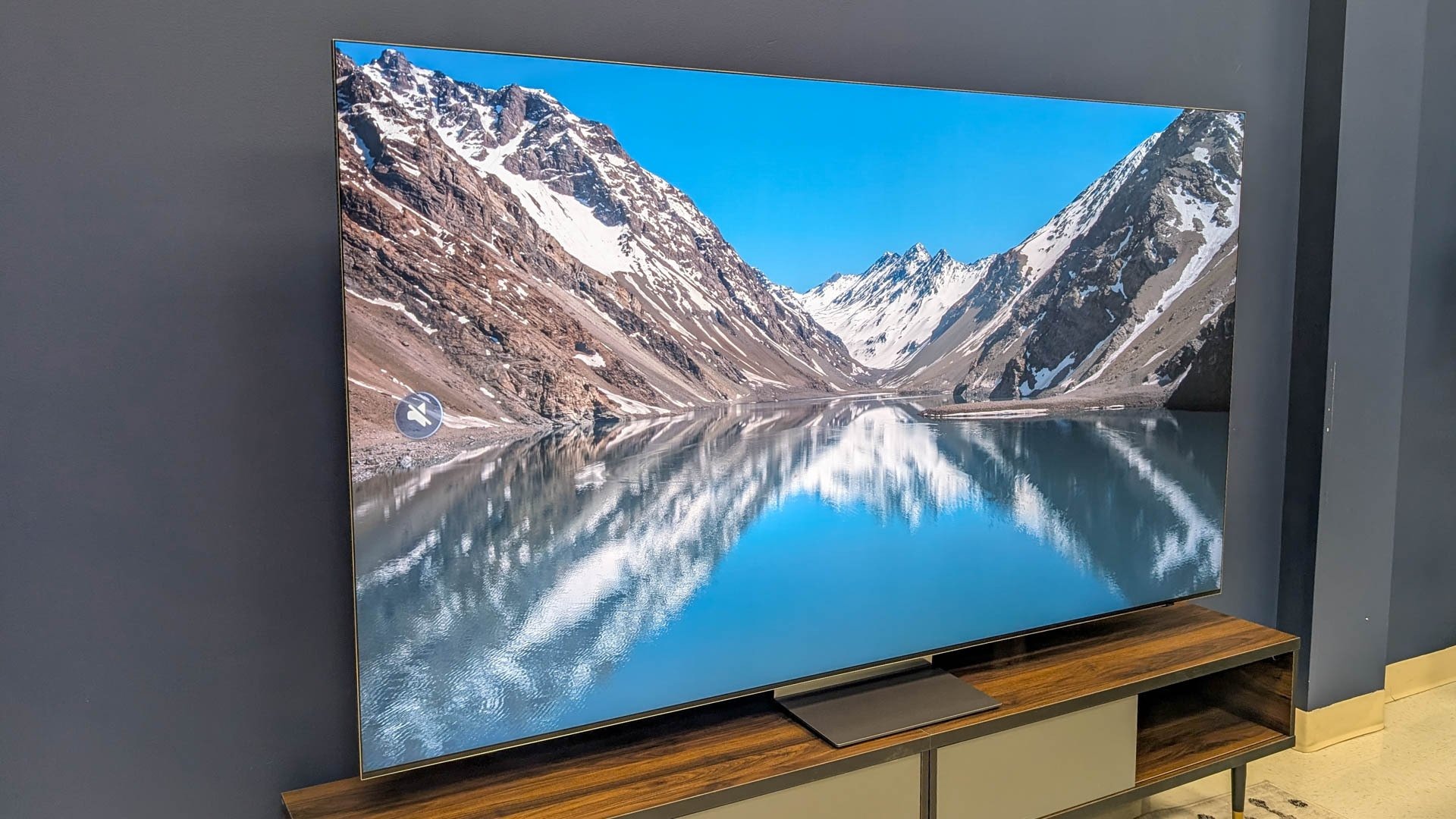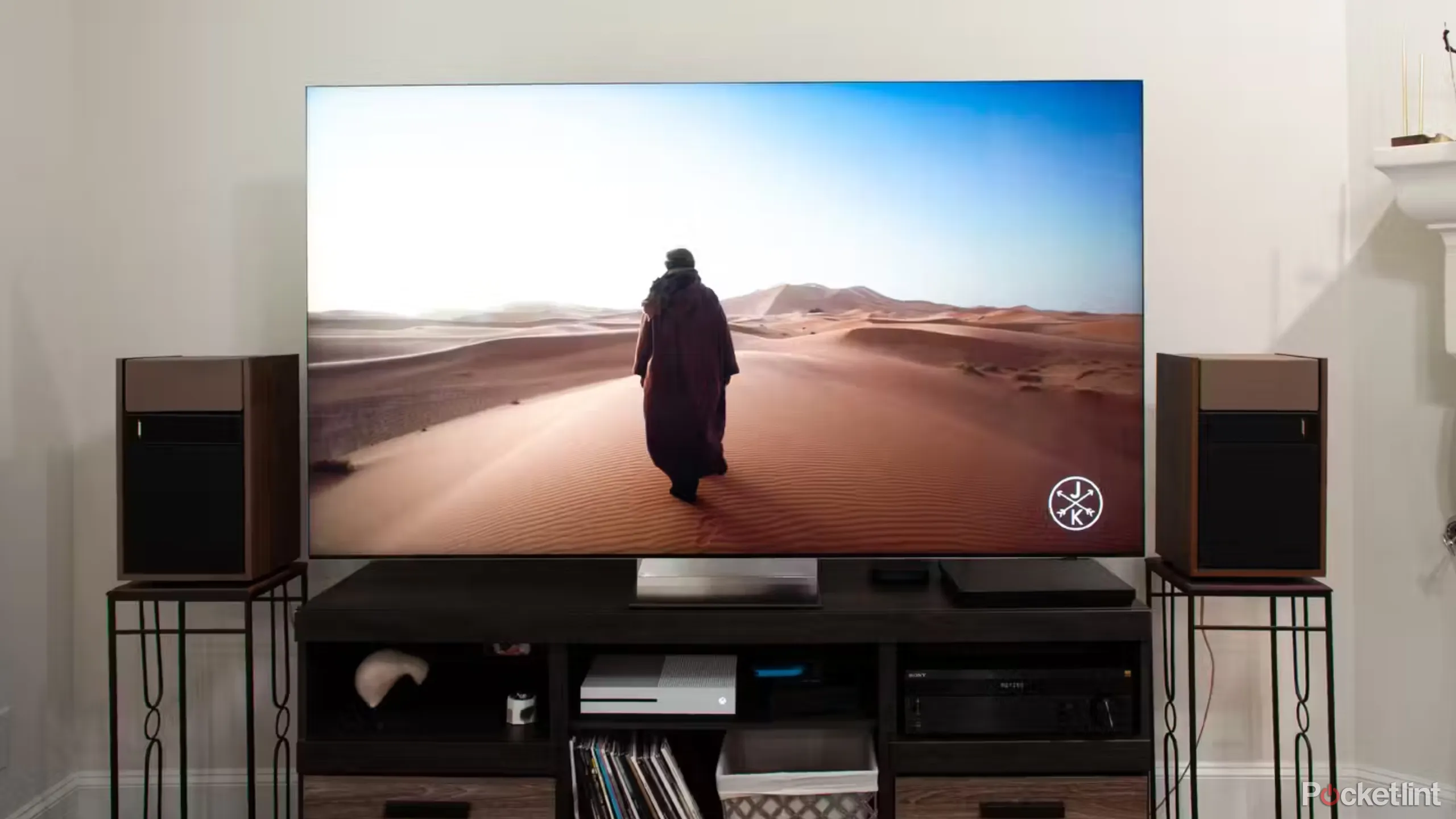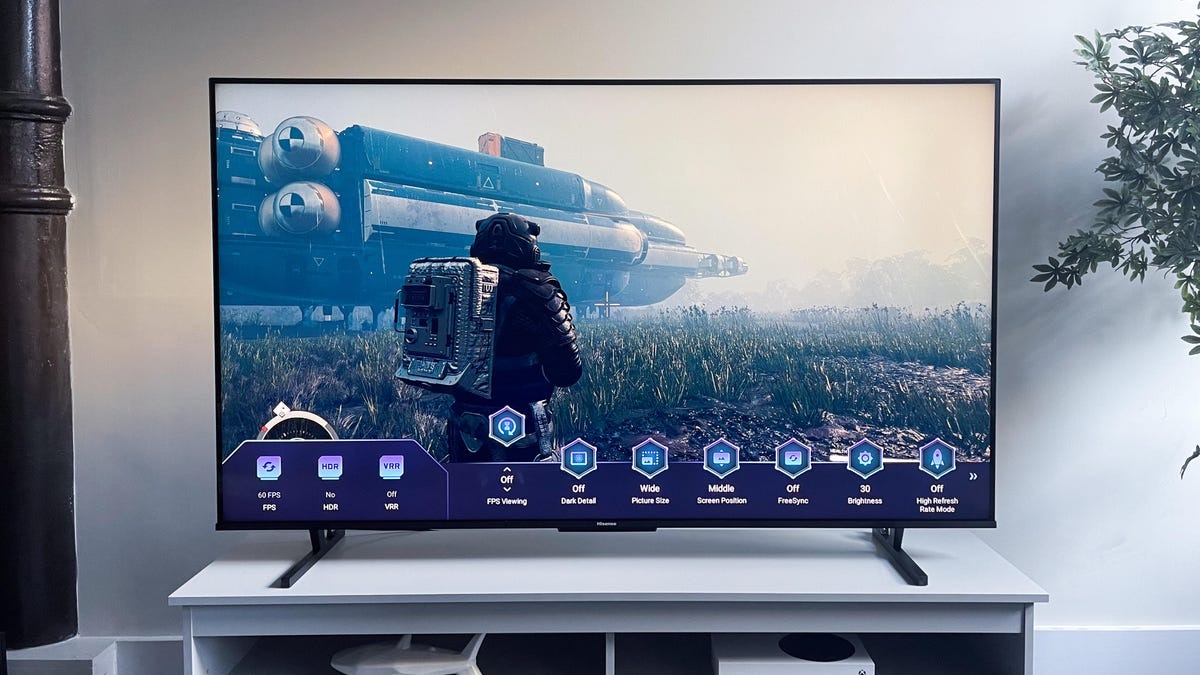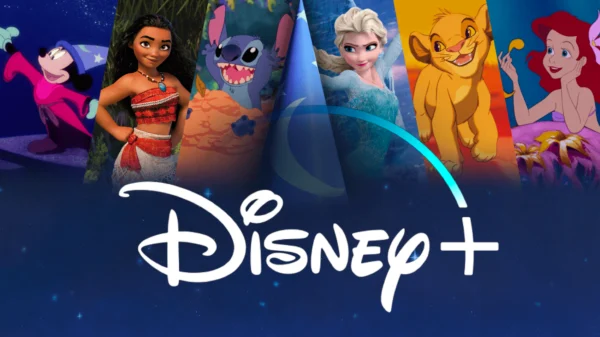Television technology has moved far from what many people once knew. With each passing year, screen resolution continues to increase. From standard definition to full HD, then to 4K, and now, 8K TVs are drawing more attention than ever before.
For those who enjoy home entertainment and care deeply about picture quality, this fresh generation of TVs promises extremely sharp images and deeply detailed visuals. Yet, it is natural to wonder if these televisions truly offer enough value to replace existing sets.

Picture quality hits new heights with the latest 8K screen technology (Photo: Alamy)
Most people do not rush to change their TVs unless they see a good reason. Since 8K televisions come with a high price tag, it is important to look closely at what they bring to the table.
Many people are asking whether now is the right time to embrace this technology or if it is better to wait for further improvements and broader content support.
Understanding What 8K Means for Viewers
8K TVs carry a resolution of 7680 by 4320 pixels. That is four times the number of pixels found in a 4K television and sixteen times what a full HD screen offers.
This high pixel count allows images to appear smoother and more refined, especially when viewed on large screens. If someone owns a massive television or likes sitting close to the screen, the added clarity can be noticeable.
However, for the human eye to appreciate the extra sharpness, viewing conditions must be just right. Many people still sit several feet away from their screens. At such a distance, the difference between 4K and 8K may not be very obvious. This raises questions about whether the average viewer will gain much from making the switch.
Limited 8K Content Availability
One major hurdle facing 8K televisions today is the lack of native 8K video material. Most streaming platforms and cable services currently support 4K resolution at best.
While there are a few demonstration clips or select sporting events filmed in 8K, they are rare. This means that an 8K TV will mostly be used to upscale 4K or even lower-resolution content to fit the higher resolution screen.
Upscaling technology has improved. Many of the top 8K models use artificial intelligence and advanced processing methods to enhance lower-resolution footage.
However, no matter how well upscaling works, it can never truly match the quality of video originally filmed in 8K. This gap between display capability and content availability remains a challenge.
Cost Versus Benefit
When comparing the cost of 8K TVs with other options, the difference is clear. A high-end 4K television is far less expensive than an 8K set. Since most households already enjoy the benefits of 4K, many people hesitate to invest a much higher amount for gains that may be hard to see under regular conditions.
Apart from the purchase price, other factors must also be considered. An 8K TV requires a strong internet connection for streaming high-resolution video.
The files are large and require a lot of bandwidth. Data caps, slow speeds, and buffering may interrupt the viewing experience unless the home network is properly equipped.
Gaming and 8K Displays
Gamers are among the first to push for better resolution, but even in this space, 8K gaming is far from common. Most gaming consoles and graphics cards today are built with 4K in mind.
To handle 8K resolution at smooth frame rates, the hardware must be very powerful. While some advanced PCs may come close, they are often expensive and require fine-tuned settings.
For now, most video games are still being made for 1080p or 4K displays. While developers may consider 8K support in the future, it is not a high priority yet. As such, buying an 8K TV mainly for gaming may not deliver the full experience that buyers might expect at this point.
TV Brands Driving the Change
Some well-known manufacturers are leading the push for 8K displays. Brands like Samsung, LG, and Sony have developed models with strong build quality and advanced features.
These televisions come with impressive contrast levels, bright colours, and deep blacks, which improve the image presentation even when not using 8K content.
Each brand brings its own set of smart functions, processor types, and display technologies. Consumers who are considering an upgrade should compare these features carefully.
Some models offer better upscaling, while others provide improved sound systems or smart home integration. These extra offerings may help buyers feel that they are getting better value for their money.
Is It Worth Upgrading Right Now?
People thinking about buying an 8K TV in 2025 should weigh their priorities carefully. For those who always want the latest and best technology, the appeal of an 8K set may be strong enough to justify the cost. They may also enjoy watching rare 8K content, trying new technology, or displaying high-resolution photos and visuals on large screens.
On the other hand, those who are satisfied with their 4K TVs, or who prefer waiting until prices drop and content becomes more widespread, may choose to hold off for now.
At present, there is very little exclusive material made in 8K, and many regular viewers may not find a major difference in daily use. The situation may change as broadcasters, filmmakers, and streaming platforms begin adopting the format, but this is likely to take some time.
Display Size and Viewing Distance
Another main factor in whether 8K is worthwhile is the size of the television and how close someone sits to it. For example, a 65-inch screen will only show the benefits of 8K when viewed from a relatively short distance. People who use smaller TVs or watch from across the room may not enjoy any extra clarity compared to 4K.
Larger screens above 75 inches offer more room for the extra pixels to make a visual difference. So, those who are thinking about buying a very big TV might consider 8K as a better long-term investment, particularly if they also want to future-proof their home entertainment setup.
Environmental and Storage Considerations
Another area that buyers must think about is energy use. Higher-resolution displays generally use more power. When paired with constant high-bandwidth streaming and advanced processing chips, an 8K television may increase electricity bills over time.
Storage space is also an issue for those who like to download content instead of streaming. 8K videos take up a lot of room and require faster drives for smooth playback. Users may need to upgrade their home systems just to support the storage and processing demands that come with such large files.
Waiting for Broader Support
Manufacturers are working hard to make 8K more accessible. They are producing more models, reducing prices slowly, and creating better processors to handle the high resolution. At the same time, media companies are beginning to prepare for a future where 8K becomes more common.

Is now the moment to upgrade to 8K or wait for wider content support (Photo: Shutterstock)
However, this change will depend heavily on how quickly content providers begin filming and delivering shows, movies, and live events in 8K. Until then, early adopters may need to rely mostly on upscaled material and occasional high-resolution footage.
Thinking Long-Term
For those who are replacing a very old TV and want something that will last many years, going for 8K may offer peace of mind. Even though content is limited today, it is likely to grow with time. Choosing an advanced set now can ensure that users are ready when more media becomes available in the future.
Still, there is no rush. 4K still performs very well, and most entertainment services are focused on making their 4K options as good as possible. Patience might be the smarter choice for those who prefer to invest wisely and wait for broader improvements.
Choosing whether to get an 8K television in 2025 depends on personal preferences, viewing habits, budget, and expectations. Those who want the newest screen technology and are ready to spend more may go ahead with confidence. Others who are happy with their current setups may decide to wait until there is a clear reason to move forward.
The change to 8K is happening slowly, and it may take a few more years before it becomes part of everyday life. Until that time comes, both 4K and 8K televisions can serve different types of users, depending on what matters most to each person.
























